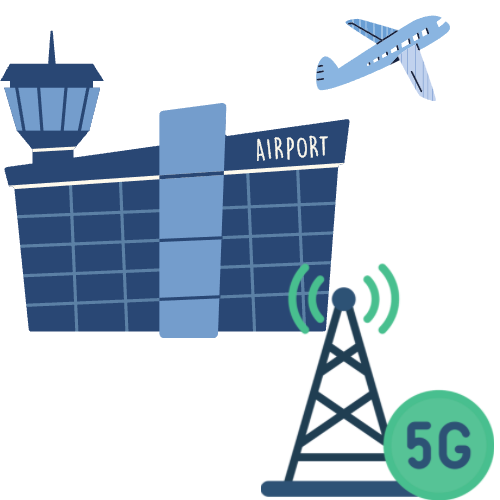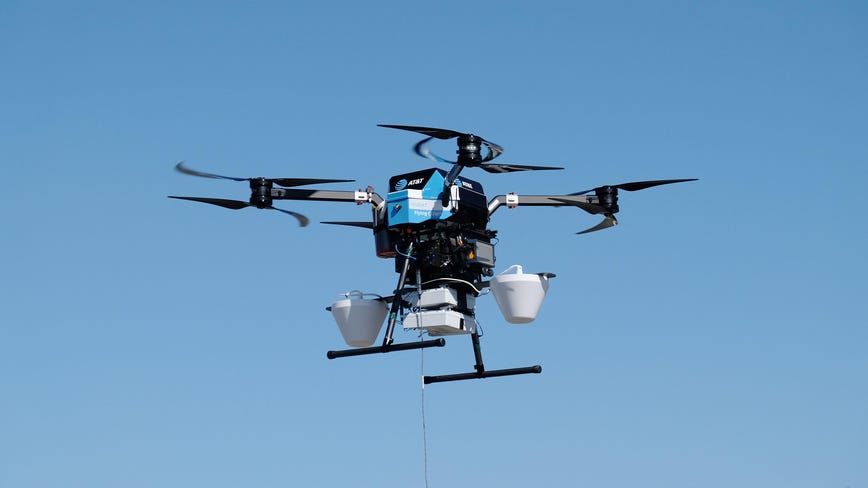Over the course of 3 months (Mar 16 – Jun 13, 2022), OpenSignal gathered 5G data points from each of the major U.S. cellular carriers – Verizon, AT&T, and T-Mobile. This data was put into a report they call the 5G Experience Report, and it was just released. Big surprise…it shows T-Mobile as the winner in most categories. Check out the overall results below.
Taking a closer look, each category was analyzed at the national and regional levels. T-Mobile won with Download speeds over 98Mbps faster than Verizon and AT&T. Overall, the total was 171Mbps. This is T-Mobile’s sixth win in a row. The Upload speed tests were a bit closer, with only a 3Mbps difference between T-Mobile and Verizon. T-Mobile’s total was 17.8Mbps, and again, this was their sixth time in a row to win this category. Verizon and AT&T customers may still want to be hopeful though. They are the only two carriers that are using C-Band deployments. As these deployments increase, we suspect these reports may change. Still, T-Mobile has quite a lead.
Not only do T-Mobile customers receive the best overall speeds, but they can also access them in more places than other carriers’ networks. OpenSignal confirms this by awarding T-Mobile with the best 5G Reach. The report also confirms that T-Mobile has the best 5G Availability. It shows that T-Mobile customers were connected to 5G 2 times more often than AT&T customers, and over 3 times more often than Verizon customers.
With regards to testing 5G Games experience and Voice App experience, the point scale was 0 to 100. This is where Verizon won out against the others, but all were within a small margin.
According to OpenSignal, “a good Games experience means that the gameplay experience was generally controllable and users received immediate feedback between their actions and the outcomes in the game. Most users did not experience a delay between their actions and the game.”
You may also be wondering what qualifies a good 5G Voice App Experience too. These tests “quantify the experience of Opensignal users when using over-the-top voice apps — such as WhatsApp, Skype and Facebook Messenger — on an operator’s 5G network. It uses a model derived from the International Telecommunication Union (ITU) approach for quantifying overall voice call quality and a series of calibrated technical parameters. This model characterizes the exact relationship between the technical measurements and perceived call quality.”
Want to know more about OpenSignal’s metrics and what they mean? Check out their article here.




